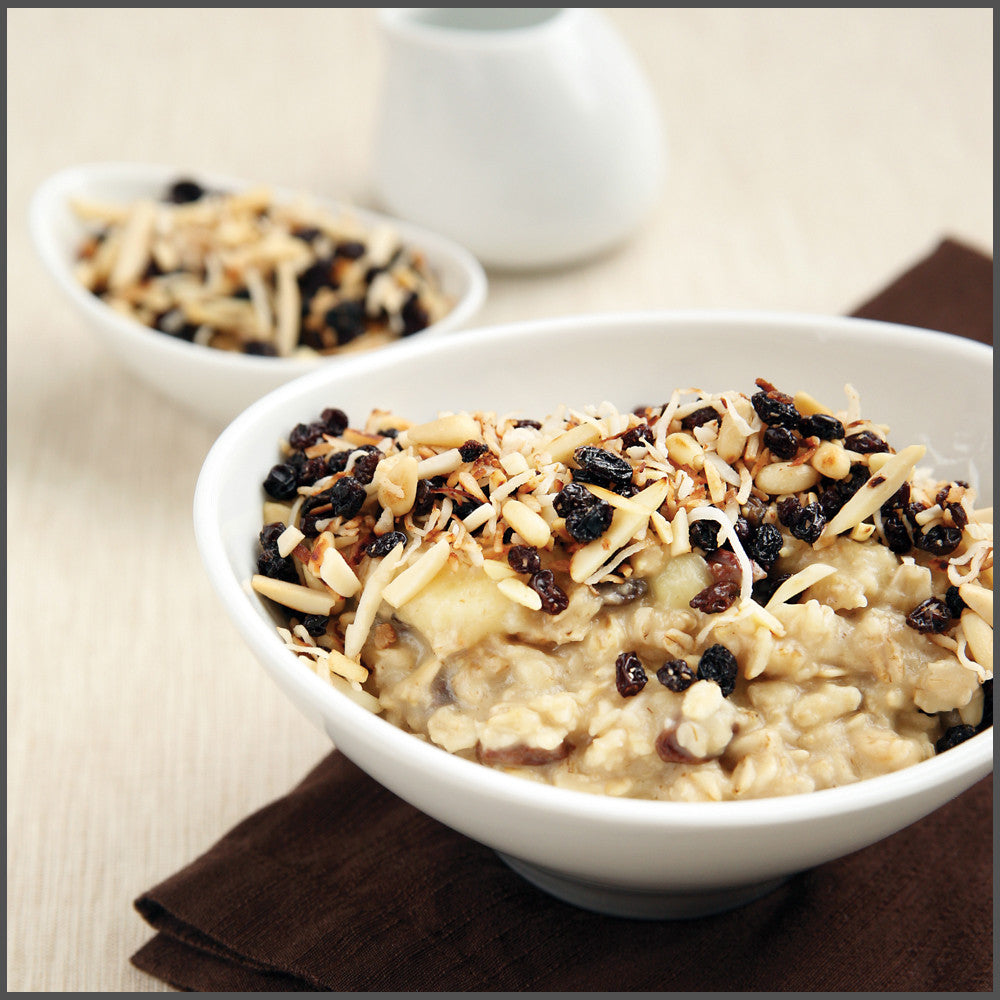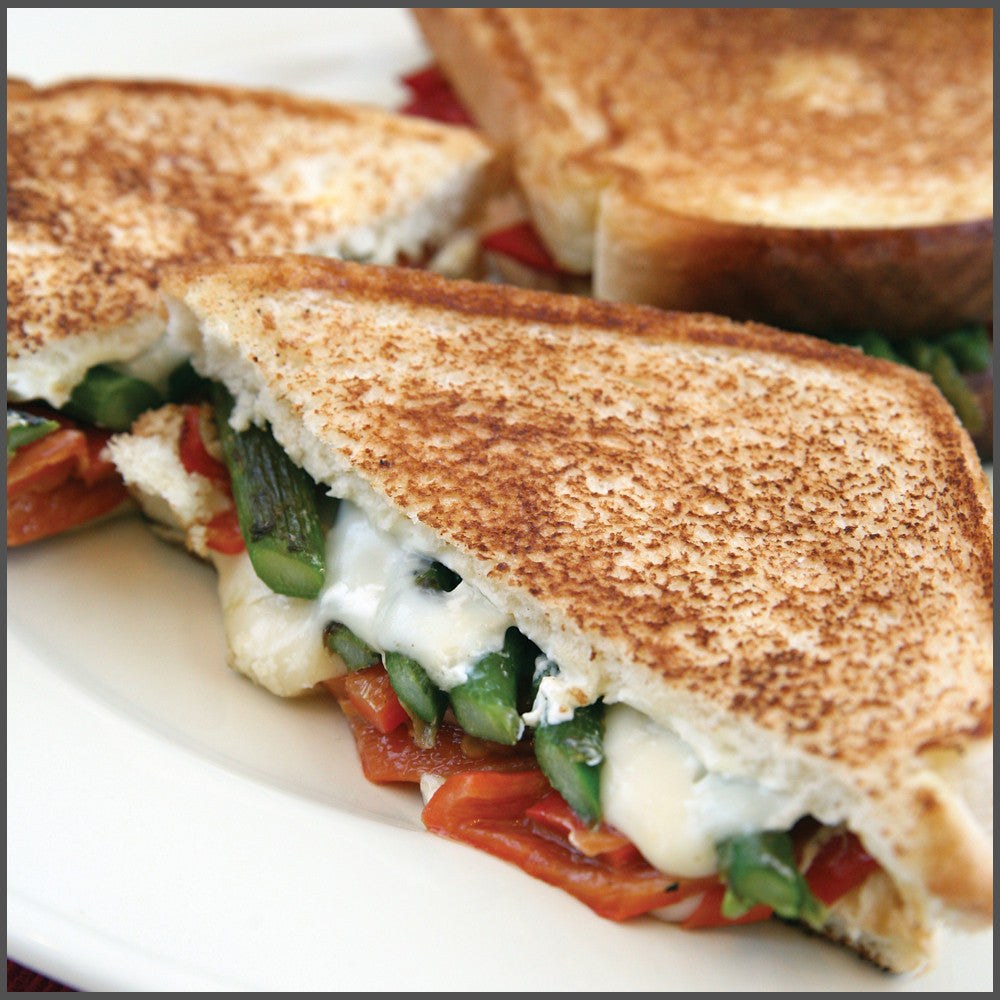Rice Science + How to Help your Rice Cakes Last Longer
I am often asked how long it’s safe to keep a wrapped sushi rice cake in your pocket on a long ride or adventuring in the outdoors. Over the last twenty years, I’ve fed pro riders rice cakes that were tightly wrapped in parchment foil and held in ziplock bags in a cooler for races that lasted as long as 10 hours without issue. While my anecdotal experience might say a sushi rice cake is safe, for “several hours," the reality is that I don’t really know the answer to this question. Just because I’ve been lucky enough not to have had an athlete get sick with a food borne illness, doesn’t mean that my practice was either unerring or safe.
I say this because cooked rice has a reputation for causing food borne illness especially when un-refrigerated because of a spore based bacteria called Bacillus Cereus. Bacillus Cereus is a toxin producing gram-positive bacteria that can cause diarrhea, nausea, and vomiting. It can survive the cooking process and when left at room temperature in starchy foods like rice, the spores can germinate producing toxins that can liquify starch and proteins after an incubation period that can range anywhere from 30 min to 15 hours (1,3). This huge incubation time frame gives me pause. The CDC reported that from 2000-2008 that 63,000 illnesses occurred annually from Bacillus Cereus, resulting in 20 annual hospitalizations without any reported deaths. Although Bacillus Cereus poisoning is relatively low in the United States the presence of this bacteria is still a critical food safety issue (2).
For this reason, I was bolstered to find a unique research paper looking at disinfecting rice before it’s cooked to eliminate and kill Bacillus Cereus (3). While this paper cited different disinfection protocols that included chlorine, alcohol, an ammonium compound, calcium oxide, and hydrogen peroxide - all were found to reduce Bacillus Cereus to undetectable limits.
So I decided to focus on on hydrogen peroxide as it’s easy to obtain and unlikely to leave a taste when mixed with water at the 500 PPM concentration required to completely eliminate Bacillus Cereus. I calculated that to get a 500 PPM hydrogen peroxide solution from a 3% hydrogen peroxide solution that is commonly found in stores, I would need to mix 1 tablespoon of 3% hydrogen peroxide with about 300 ml of water. After washing two batches of rice as I normally do, and then assigning the two batches to two different rice cookers, I soaked one pot of uncooked rice in a 500 PPM solution of hydrogen peroxide for about 5 minutes before rinsing it one last time. Then I cooked both pots of rice at the same time. I tasted no difference between the two batches of rice and the look and texture was exactly the same. After the rice cooled down for about an hour, I placed both in separate zip loc bags - one for the hydrogen peroxide disinfected rice and one for the regular rinsed rice. I then left them in the bags at room temperature for the next 2 weeks.
What I saw in the first 3 days was pretty remarkable. After just 3 days the regular rinsed rice was beginning to liquify while the hydrogen peroxide rice was totally intact and clear of any signs of mold or breakdown as if it had been just cooked. After about 5 days there was a spec of green mold on the hydrogen peroxide washed rice while the normal rice was almost completely liquified and gooey. It was pretty disgusting. By two weeks, some significant green mold had formed on the hydrogen peroxide rice and it had begun to liquify. At two weeks the normal rice did not appear to have green mold and was basically liquid. It could be that in the normal rice the Bacillus Cereus had overrun any other molds that may have been present. But, I’m not quite sure.
What I am sure of, however, is that in an unrefrigerated state, the hydrogen peroxide rice stayed firm and intact for days longer than the untreated rice. It’s for this reason that I now wash all of my rice, whether for daily consumption or for rice cakes, with a little hydrogen peroxide. While I still don’t have an answer for how long a rice cake will stay food safe without refrigeration, I am more confident that I’ve lowered the risk of potential Bacillus Cereus illness if that rice cake is eaten within a few hours after it’s cooked. In fact, after making 300 rice cakes at the Unbound Gravel race this last weekend, using hydrogen peroxide washed rice, my team was still eating leftover rice cakes a few days later without issue or concern.
That all said, it’s up to you as an individual to be vigilant about your food safety as there are no clear answers. Most importantly, it’s more likely that many of us get sick not from the food we eat, but from our own dirty hands. So keep on washing those hands, especially before a meal!

1. Fox D, Mathur A, Xue Y, Liu Y, Tan WH, Feng S, Pandey A, Ngo C, Hayward JA, Atmosukarto II, Price JD, Johnson MD, Jessberger N, Robertson AAB, Burgio G, Tscharke DC, Fox EM, Leyton DL, Kaakoush NO, Märtlbauer E, Leppla SH, Man SM. Bacillus cereus non-haemolytic enterotoxin activates the NLRP3 inflammasome. Nat Commun. 2020 Feb 06;11(1):760
2. Scallan E., Hoekstra RM., Angulo FJ., Tauxe RV., Widdowson M-A., Roy SL., et al. Foodborne illness acquired in the United States - major pathogens. Emerg Infect Dis. 2011 Jan.
3. Lee, Min-Jeong, Dong-Ho Bae, Dong-Ha Lee, Ki-Hyo Jang, Deong-Hwan Oh, and Sang-Do Ha. Reduction of Bacillus Cereus in Cooked Rice Treated with Sanitizers and Disinfectants.




















